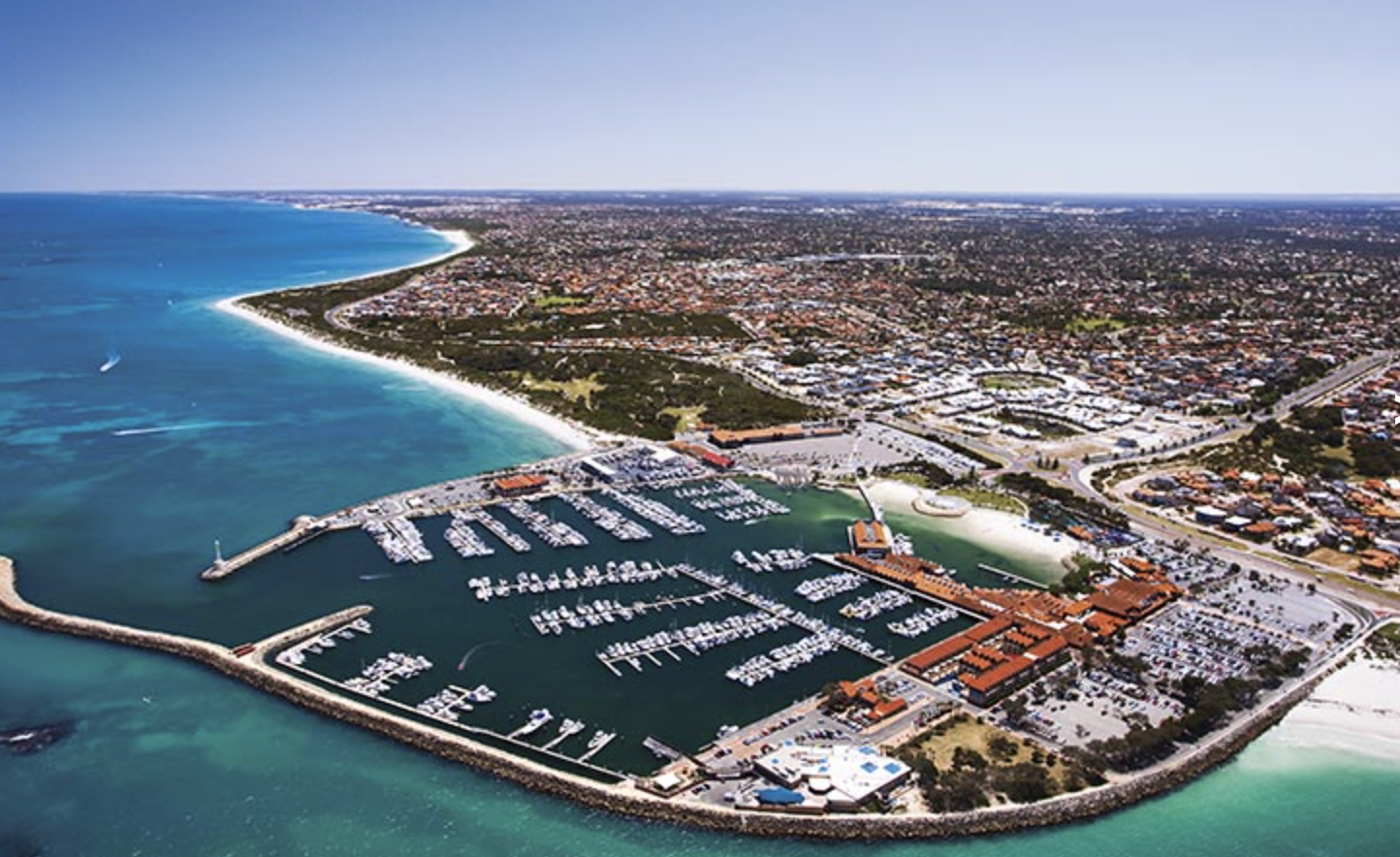Last year, several factors were at play in the residential market, providing a wide range of topics for avid market watchers to discuss. After the usual summer holiday break, the residential property market started briskly, with mortgage security valuation volumes up about 20% on the previous year (in metro areas) and almost 10% in regional areas.
It seemed that the market was expecting that we had seen the last of cash rate increases and that the RBA’s next move would be a rate cut within the next few months. Buyers appeared motivated to transact before the seemingly inevitable interest rate cut exerted upward pressure on prices.
Over the first quarter, it became apparent that stubbornly high inflation would keep interest rates higher for longer. So, would the market slow down? As usual, discussions about “the market” oversimplify the impact. In Western Australia, South Australia, and Queensland, market activity and price increases continued mostly unabated. In New South Wales, the Australian Capital Territory, and Tasmania, market activity was slower, and price increases were extremely modest, while in Victoria and the Northern Territory, prices fell.
The Reserve Bank has now kept the cash rate at a plateau of 4.35% for over a year so far, and predictions for when a cut might eventually occur have been pushed further back, well into 2025 – we may even have to wait until the second half of the year. The effect of this on market sentiment has grown and is now evident across all residential markets, with even the strongest (i.e., Western Australia) slowing.
The 2024 spring selling season saw a significant increase in listings across the country, but buyer activity has generally subsided. Auction clearance data is a lead indicator and provides insight into market sentiment almost in real time. Listings have increased, clearance rates have softened significantly, and the number of properties being passed in is on the rise.
Median dwelling prices have been in the news, with the median dwelling price in Adelaide overtaking that of Melbourne, but it is always worth looking past the headlines – the Melbourne market comprises a much higher proportion of units, which exerts a downward pull on the median dwelling price.
The growth in residential rents accelerated significantly as there was a wave of post-COVID migration. This trend started to slow in 2024 as the wave passed and migration dropped to more normal levels. Rent increases in 2024 have been more modest, but the vacancy rate has remained very low, hovering in the 1% to 2% range in many markets.
It is looking as if the residential property market may have a sluggish start to 2025. The market always takes a few weeks to get into the swing of things in the New Year, but the surge in listings and the soft auction clearance rates for the past few weeks are a giveaway that purchasers are currently wary of committing.
I’m sure that 2025 will provide its own range of topics to fuel debate amongst residential property market watchers. This issue of Month in Review includes articles from Herron Todd White’s local market experts that provide insights into market trends in their specific service areas.
Kevin Brogan









